Jun
17
2015
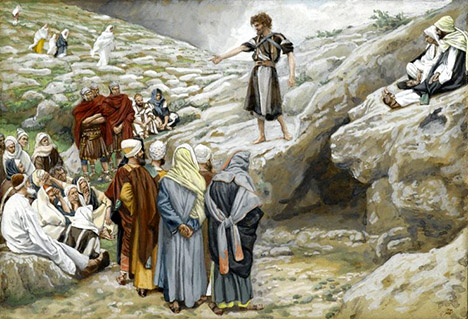
“Behold, The Lamb of God who takes away the sins of the world!”
“Repent and be baptized every one of you in the name of Jesus Christ for the forgiveness of your sins, and you will receive the gift of the Holy Spirit.” (Acts 2:38)
James Jordan has observed that Abraham’s “calling on the name of the Lord” was in fact evangelical proclamation of his faith. Abraham’s witness to the Canaanites was something for which they would be held accountable when Israel returned to claim the land. Chris Wooldridge sees this “vocal allegiance” as the key to understanding the meaning of the washing away of sins in the New Testament. Seen in the context of the last days of the Old Covenant, this was not baptismal regeneration but a public identification by the Jewish worshiper with the final sacrificial lamb (Leviticus 1:1-9).
Chris writes:
Continue reading
2 comments | tags: Abraham, Acts, Baptism, Chris Wooldridge, Covenant Theology, Leviticus, Peter | posted in Biblical Theology, Christian Life, The Last Days
Jun
16
2015
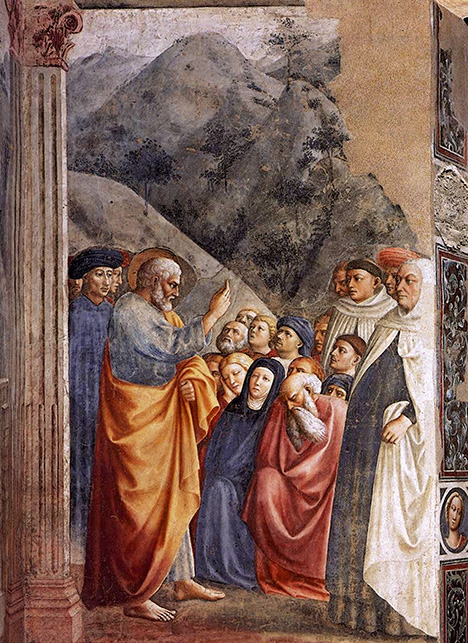
There are no “Abrahamic” promises concerning offspring — or real estate — for New Covenant believers.
Like the dogma of evolution, the doctrine of paedobaptism is not supported by indisputable evidence. Rather, the data must be interpreted through the lens of a pre-existing framework. The paedobaptistic lens is, however, a biblical one, being Abrahamic, and it comes in extremely handy when used in the right way. It deals with the few texts which paedobaptists rely on for proof, showing that they are not establishing a revised Abrahamic tent, but bringing the old one to an end.
Continue reading
4 comments | tags: Acts, AD70, Baptism, Circumcision, Ephesians, oikoumene, Paul, Pentecost, Peter, Tabernacle | posted in Bible Matrix, Biblical Theology, The Last Days
Dec
16
2013
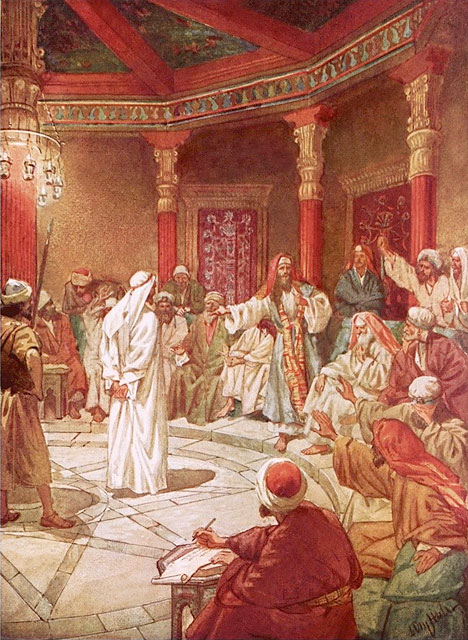
“Sanctions corresponds to the Day of Atonement. One goat goes to heaven (as fragrant smoke) and the other goes to hell, carrying the sins of the people into the wilderness, to be eaten by the birds and beasts. The difference here is that we have not two goats, but two High Priests…”
Matthew 26-27: SANCTIONS
The fourth major cycle moves us from the Covenant Ethics to the Covenant Sanctions. This concerns the pouring out of blessings and curses for obedience or disobedience to the Covenant, and the cleansing of the Land from the guilt of sin and the ensuing barrenness.
Aligning this pattern with its corrupted prototype in Eden, the “war of words” between Adam (Jesus) and the serpent (the Jewish rulers) is over, and it is time for some face to face combat, and a reckoning.
Continue reading
Comments Off | tags: Feasts, Fractals, High Priest, Literary Structure, Matthew, Peter | posted in Bible Matrix, Biblical Theology
Jun
1
2013
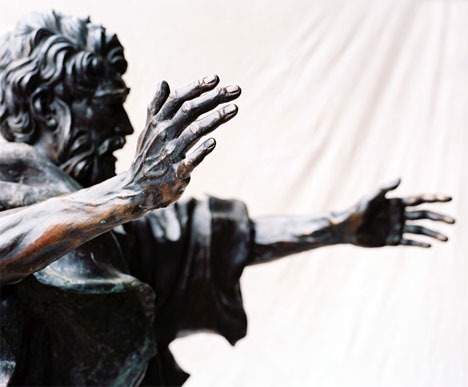
How does Peter see the apocalyptic imagery of Joel in the events of Acts 2?
The first step is to take note of the context of Joel’s prophecy. It is the coming destruction of Jerusalem in 586 BC.
And it shall come to pass that everyone who calls on the name of the Lord shall be saved. For in Mount Zion and in Jerusalem there shall be those who escape, as the Lord has said, and among the survivors shall be those whom the Lord calls. (Joel 2:32)
Even if we identify the context, it may sound to us as if Joel is still looking forward to the first century events at the end of his predictions. The unfortunate chapter break between 2 and 3 stops us reading further, but if we keep reading without a break, the beginning of chapter 3 makes it clear that Joel is still speaking about the restoration from exile. God would judge all the Canaanite nations, including Israel, who had behaved like a Canaanite. But only Israel would resurface from the “flood” of Babylonian control, while all the Canaanite powers remained scattered forever. And Israel would be vindicated across the world, from India to Ethiopia, in the events of the book of Esther (predicted in Ezekiel 38-39).
This means that the particular “day of judgment” had already passed by the time Peter quoted the prophet, so he is not quoting the prophecy to announce its soon fulfillment. He is, however, announcing a similar destruction of Jerusalem and its Temple, with all that this entails.
Continue reading
Comments Off | tags: Acts, Joel, Pentecost, Peter | posted in Biblical Theology, Q&A, The Last Days
Dec
3
2011
1 Peter 2:4-10 | Sermon Notes
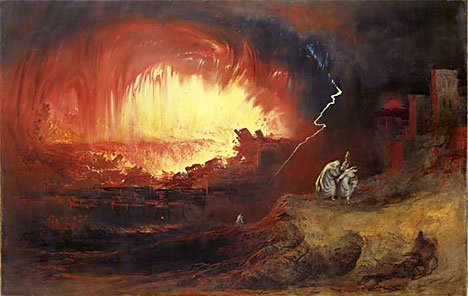
The Stoning of Israel
I think it’s worth looking at the literary structure of this passage. Here’s a revised version of the sheet I handed out after the sermon.
As I’ve written before, modern readers (and commentators) only look at the content of the text, but the authors of Scripture also communicate to us through where they place that content within that text, i.e. how it is arranged.
Continue reading
1 comment | tags: Baptism, Covenant curse, Covenant Theology, Literary Structure, Lot, Moses, Peter, Ruth, Systematic typology, Tabernacle, The Law, Typology | posted in Bible Matrix, Biblical Theology
Nov
30
2011
1 Peter 2:4-10 | Sermon Notes

Unfinished Business
6 For in Scripture it says: “See, I lay a stone in Zion, a chosen and precious cornerstone, and the one who trusts in him will never be put to shame.”
The first mention of a cornerstone is in Job 38. The Lord sees the Land as the foundation of His Temple. The entire structure reflects the Covenantal nature of the act of Creation.
Continue reading
1 comment | tags: Atonement, Hosea, Job, Justice, Justification, Peter, Solomon, Temple, Urim and Thummim | posted in Bible Matrix, Biblical Theology
Nov
28
2011
1 Peter 2:4-10 | Sermon Notes
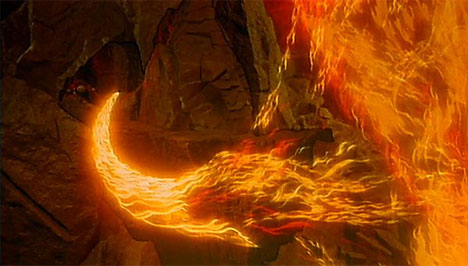
Cut and Uncut Stones
4 As you come to him, the living Stone—rejected by humans but chosen by God and precious to him—
Peter’s use of the stone image should bring many Old Testament images to mind:
- the precious stones of Havilah, intended to be mined from the Land to glorify the sanctuary [1]
- the false stones of Babel (they had brick for stone)
- Jacob’s head on the altar stone, in a deep sleep
- Jacob’s raising of an altar stone in Bethel: “And this stone which I have set as a pillar shall be God’s house, and of all that You give me I will surely give a tenth to You.”
- Zipporah’s sharp stone of circumcision
- Moses enthroned on a stone at the defeat of Amalek
- Israel’s altars of stone (one stone for each tribe) at Sinai and Carmel
- The precious stones on the breastplate of the High Priest
- The tablets of stone carrying the ten words
- The stones of the “Levitical” house in the city filled with plague
- The stones of judgment, the ground itself as a witness executing transgressors outside the camp
- The black and white stones in the ephod
We have two types of stones: uncut stones (altar, judgment – the Law) and cut, or precious, stones (glory and riches – Grace).
Continue reading
1 comment | tags: Circumcision, Exodus, Ezekiel, Genesis, Havilah, Hebrews, High Priest, Peter, Satan, Sinai, Solomon, Tabernacle, Temple | posted in Bible Matrix, Biblical Theology
Oct
15
2011
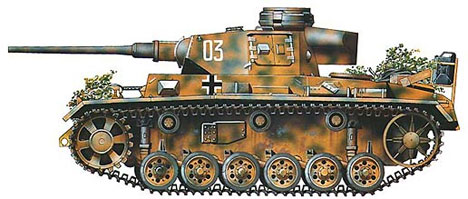 or Mike follows the tracks of the Apostle Peter’s stanza panzer
or Mike follows the tracks of the Apostle Peter’s stanza panzer
Few passages have caused as much discussion as the one concerning “the spirits in prison” in 1 Peter 3. It’s also one of the few texts where I found that not a single one of the explanations offered was satisfactory. Well, I’ve run the matrix over it, and I reckon I’ve solved it.
Continue reading
4 comments | tags: Atonement, Feasts, Firstfruits, Literary Structure, Noah, Peter, Revelation, Revelation 20 | posted in Bible Matrix, Biblical Theology
Jul
14
2011
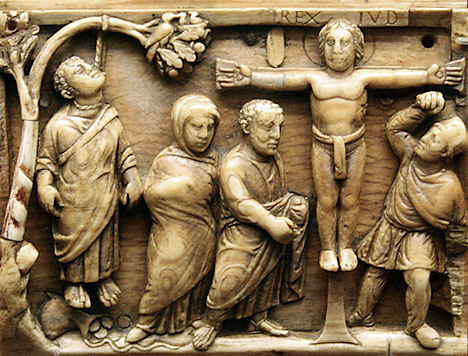
“…falling headlong, he burst open in the middle…”
Todd Robinson commented:
“I’ve enjoyed your particular brand of orthodox preterism. Working through Acts recently, I began to wonder what Michael Bull’s take on Acts 1:11 and 3:19-21 would be… Thanks for any insight.”
Continue reading
2 comments | tags: Abraham, Acts, AD70, Ascension, Atonement, Herod, Judas, Pentecost, Peter, Peter Leithart, Preterism, Urim and Thummim | posted in Against Hyperpreterism, Bible Matrix, Biblical Theology, The Last Days, The Restoration Era
Jun
24
2011
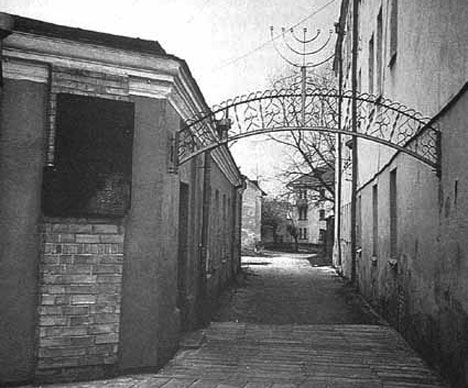
Doug Wilson writes:
“This objection misses the point that Peter is making. The issue with Cornelius and his household was not whether they were old enough to receive water baptism, but whether they were Jewish enough. If this household had contained an infant, the members of the ‘circumcision’ who were there would not have objected to baptism on the grounds of infancy, but rather because the infant was Gentile and uncircumcised” (To a Thousand Generations, p. 55).
Certainly, the issue was whether Gentiles should be baptized, but it was never a pitting of circumcision against baptism. They understood that circumcision was a beginning and baptism was a new beginning. Circumcision was replaced not by baptism but by the death of Christ, which united Jew and Gentile. Jesus tore down that wall, and paedobaptism unwittingly puts it up again. Circumcision marked out flesh as a plot of Land. That is entirely done with. Spirit water overflows all human barriers, it wipes out every distinction with a new one – Repentance and Faith.
Continue reading
9 comments | tags: Baptism, Circumcision, Doug Wilson, Federal Vision, Film, Peter | posted in Biblical Theology, Quotes, The Last Days



































